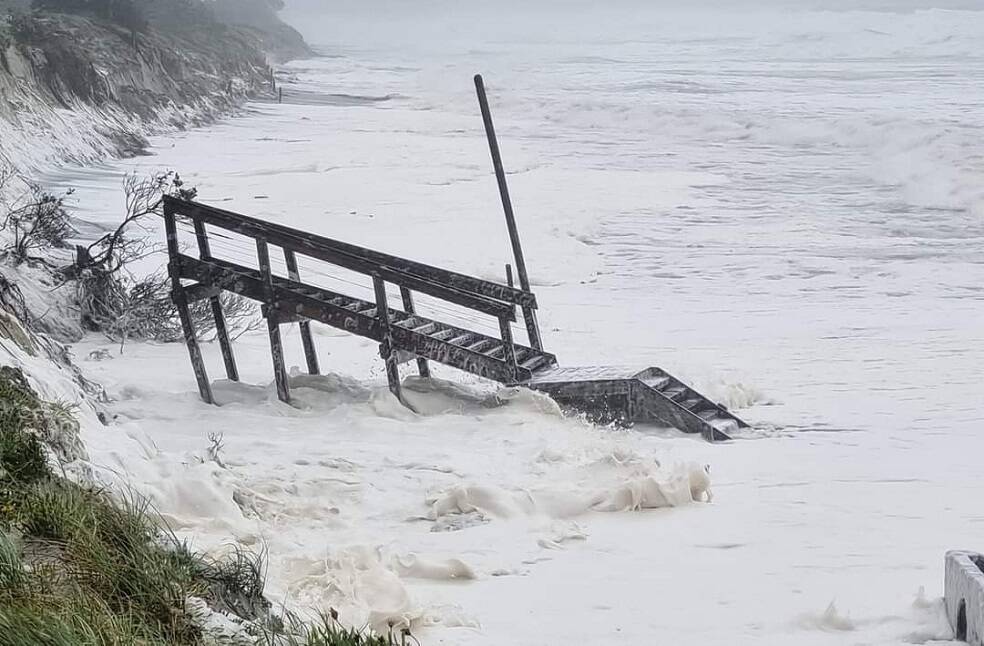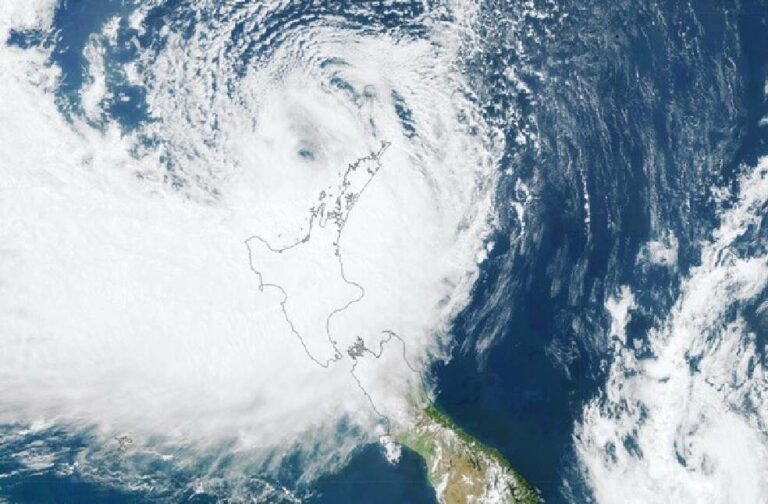New Zealand: As devastating tropical storm Gabrielle stormed over New Zealand flooding houses, destroying roads, and knocking out electricity for tens of thousands of people, the country issued a state of emergency.
The nation’s North Island experienced what officials described as an “unprecedented weather event” over the course of the previous night.
“It’s been a big night for New Zealanders. A lot of families are displaced, a lot of homes are without power,” Prime Minister Mr. Chris Hipkins cited in a statement.
Daylight revealed the severity of the disaster: roads eaten away by landslips and collapsed homes buried in mud, silt and a slew of storm detritus. Homes were destroyed by falling trees, and several highways were closed by floodwaters, trapping families. Some traumatised inhabitants were reportedly forced to swim from their dwellings to safety.

Gabrielle had ploughed through the South Pacific and was closing in on the northern shore of New Zealand. It brought wind gusts of 140 kilometres per hour (87 miles per hour), pelted inhabitants with 20 centimetres (almost eight inches) of rain in a day, and slammed the coast with waves that were 11 metres (36 feet) high.
The Christchurch attacks in 2019 and the Covid-19 pandemic were the other two events that prompted New Zealand to declare a state of emergency. After a house in West Auckland fell, the New Zealand Fire and Emergency services reported that one firefighter is missing and another is in severe condition.
Before the most recent storm tore across the city, Auckland was still working to repair the damage from flooding that cost four lives at the end of January 2023.



